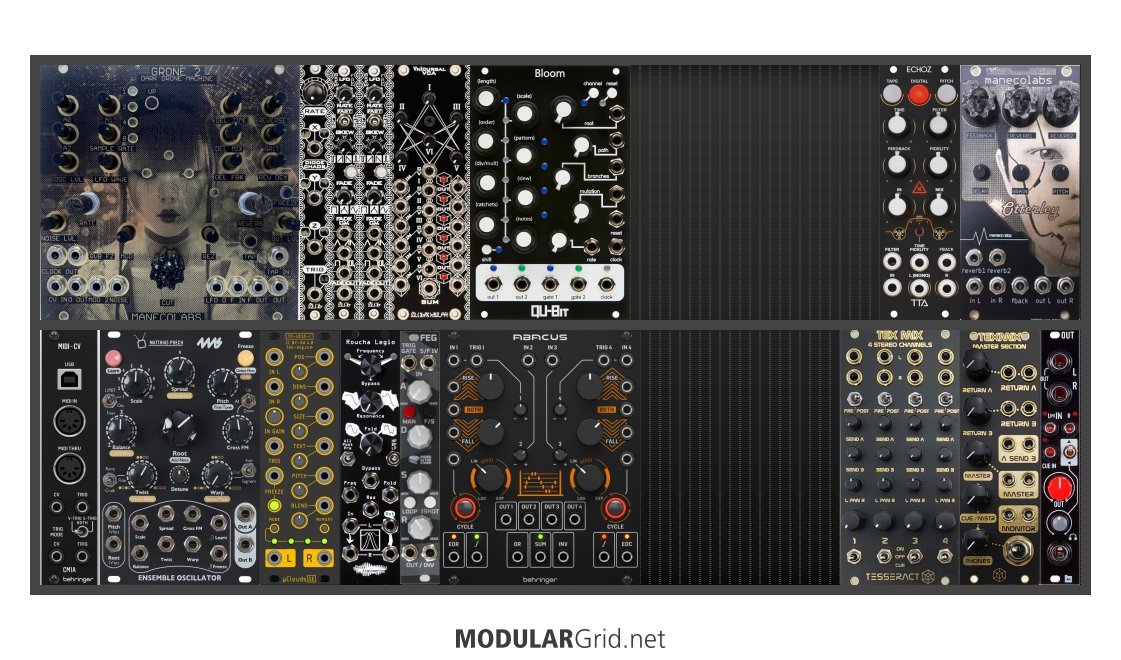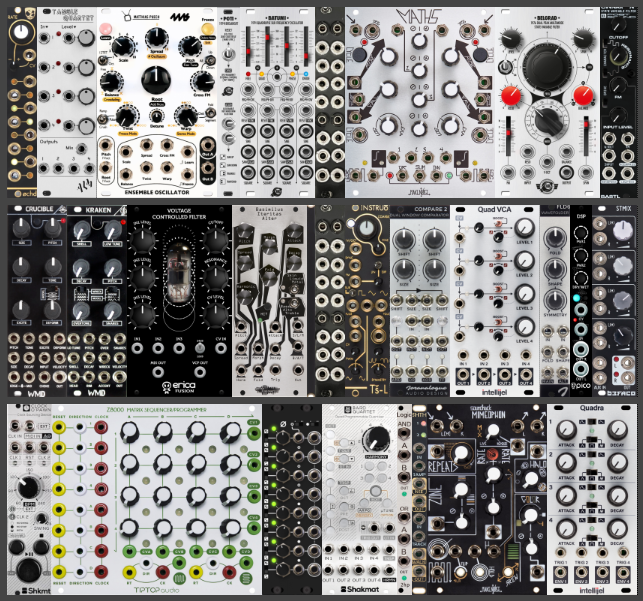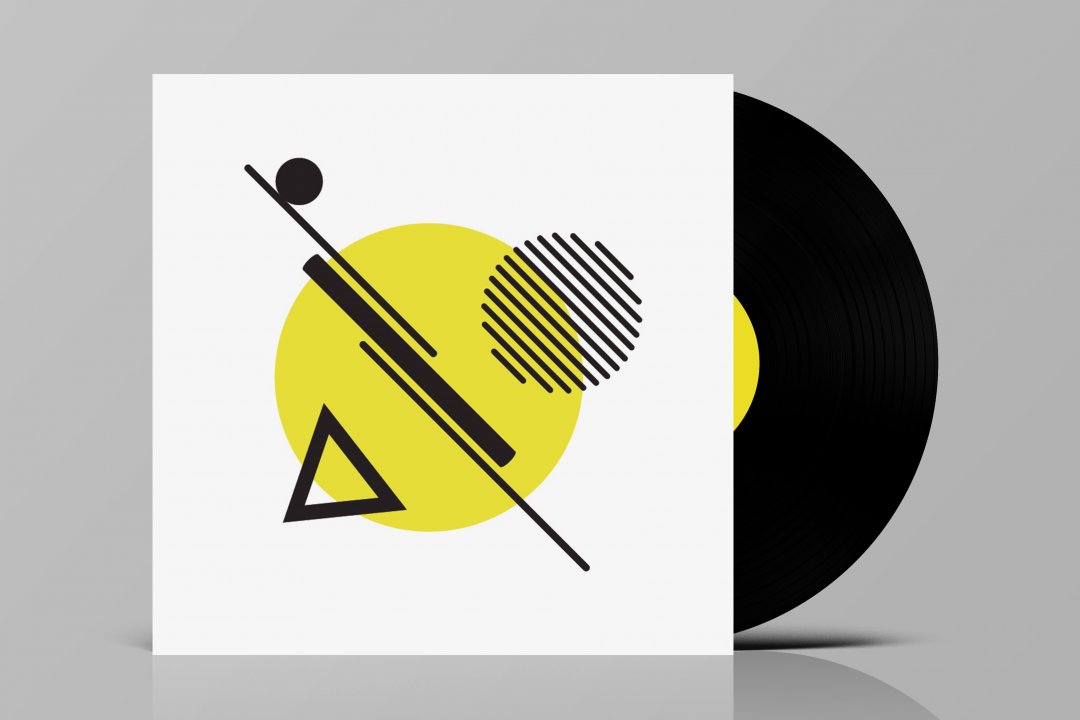Hi,
just one thing about insurance:
you can pay insurance when you ship something, but in case of loss or damage you have to prove the value of your gear.
So you must have the original invoice to prove it.
If you don't have any invoice you will receive the fixed compensation. Even if you have paid an insurance.
It's useless to pay insurance if you don't have an invoice.
I don't know if the seller has the original invoice, but if he has it he should have pay insurance.
No need for the buyer to ask it.
In France, fixed compensation is 75€ + shipping paid for the parcel (for a module most of the time it's ~15€).
That means, if your parcel is lost, the seller will receive 90€ from La Poste...





